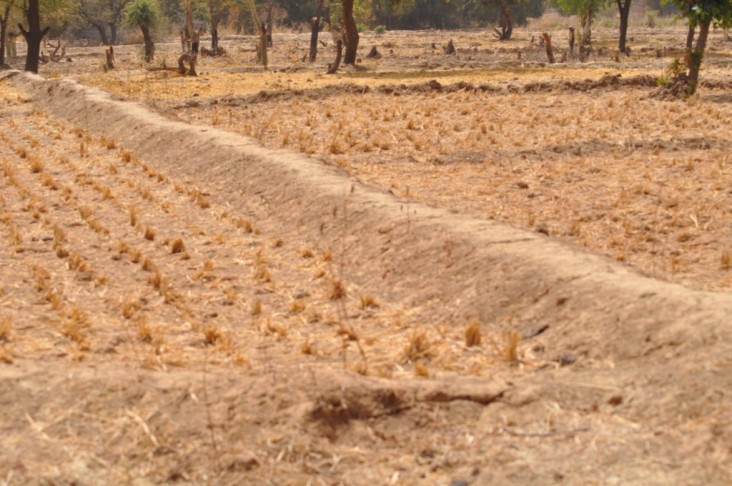
In Burkina Faso, half of the population is classified as food insecure, meaning either food is unavailable, inaccessible, or they are not using food in the most nutritious way. Combine that with a 2012 food crisis due to poor harvests and conflict across the border in Mali, and it could spell devastation for some communities.
For other communities, however, the past year has been an opportunity for growth. Wattigué is one of 300 villages where USAID and partner Catholic Relief Services (CRS) are working to increase access to food and improve the health and nutrition of mothers and children, as well as increase the community's capacity to advocate their interest to local authorities.
Located in the Center North region of Burkina Faso, Wattigué is a village of several hundred individuals. Before USAID and CRS came to the village in 2010, farmers planted mixed crops of millet, sorghum, peanuts and rice on household plots. Often sale of these crops was not enough to pay for school fees, and families would end up selling a chicken or goat to make up the difference, losing a valuable asset.
Guelgoabga Honorine belongs to one of those families. Before the program, she did not produce rice. With assistance such as improved seeds and soil fertility-enhancing techniques, Honorine and other farmers have improved their harvests of millet and sorghum on their household plots. In nearby lowlands that the community rehabilitated through a food-for-work program, families, including Honorine's, have been planting improved varieties of rice.
In fact, a group of 37 farmers that are using the rehabilitated lowlands formed a rice-producers group called Teeltaaba or “Support Each Other,” which allows them to both access credit as a group and to use their contributions to a joint account to maintain and repair their fields when needed.
In its first year of production on the lowlands – before the 2012 food crisis - the producers group harvested over 15 tons rice. Normally the group sells their crops right after harvest, which coincides with the start of the school year and a rash of expenses, including school fees. In 2012, however, the farmers harvested enough to sell part of the harvest for school fees, and save part of their harvest to sell later in the year when the prices are higher.
Accordingly, the group has seen an increase in the number of children in school. For the first time some families are able to send their children to secondary school.
Madame Sawadogo is one of the women in the producers group. “Before, when I was growing rice on my household plot, I would harvest one bag of rice,” she said. In 2011, as a result of the newly opened lowlands, she harvested eight bags. In 2012 she harvested 10.
Community members have said that lowlands development has made all the difference.
Now that she has access to the improved lowland, Honorine has been able to harvest over 500 kilos of rice (around half a ton), exceeding her expectations. “I will use part of the harvest for family consumption, sell some to partially pay school fees and clothing for my children as well as medical bills, and meet some social commitments. This for me is a huge change from before when I was forced to sell some of my assets.”







Comment
Make a general inquiry or suggest an improvement.